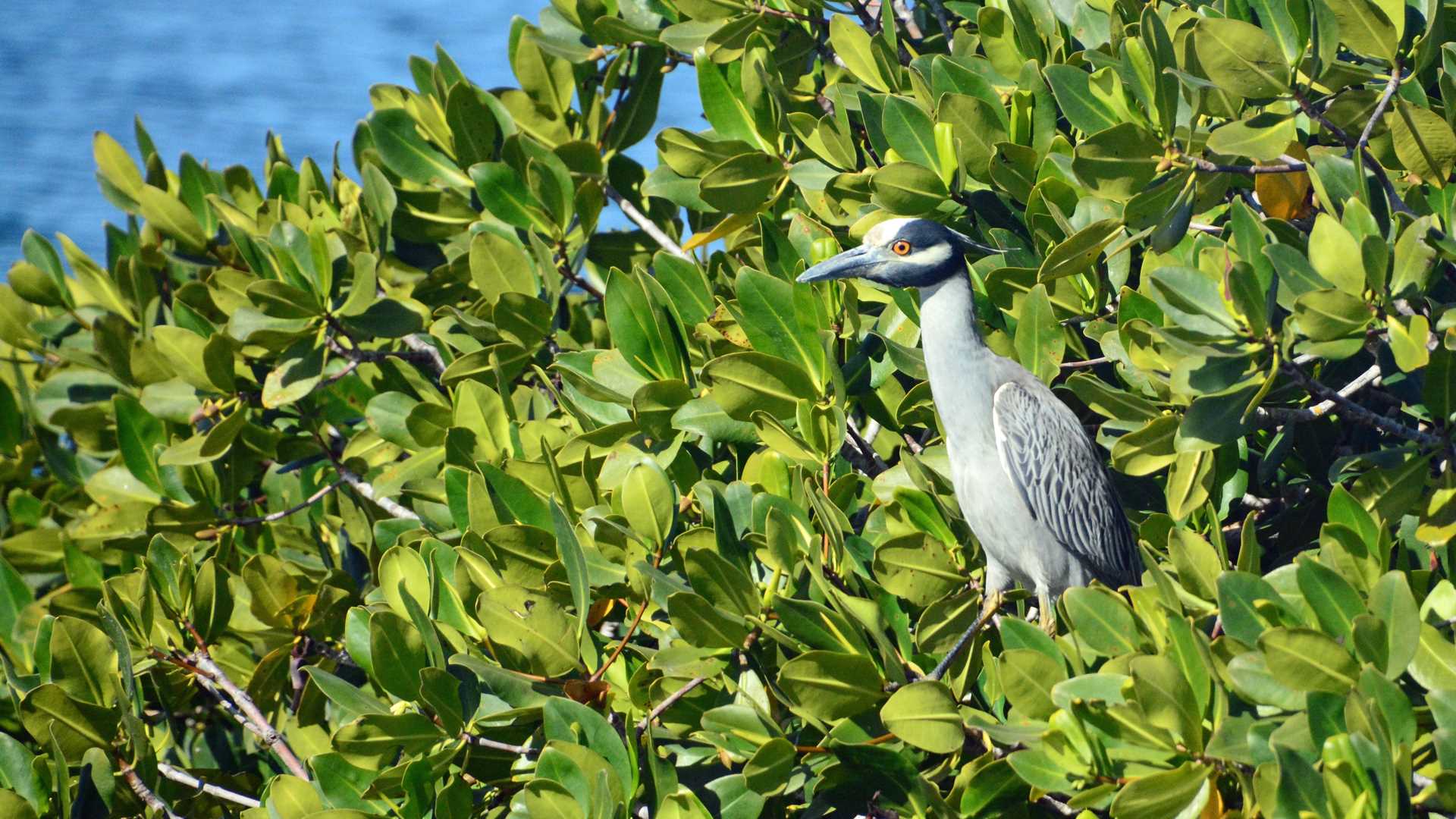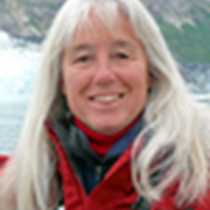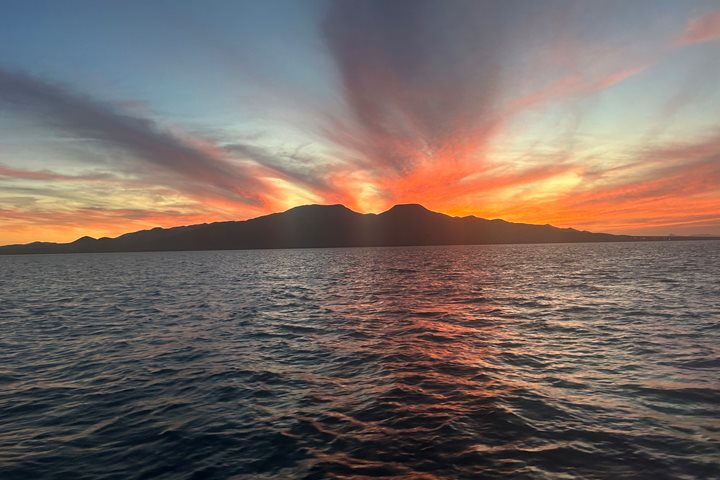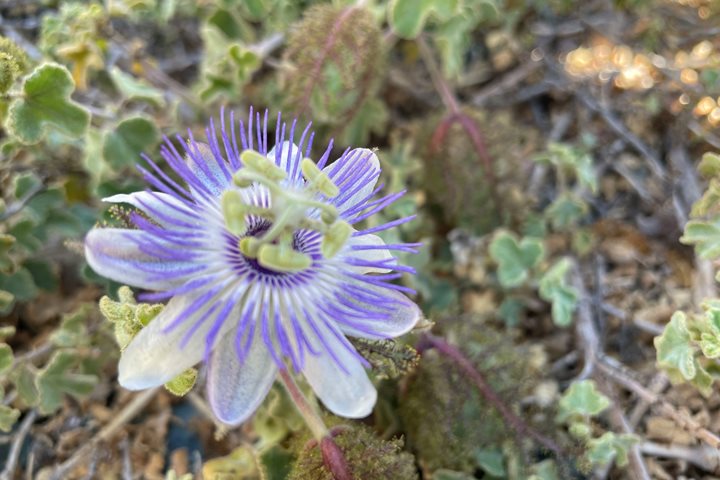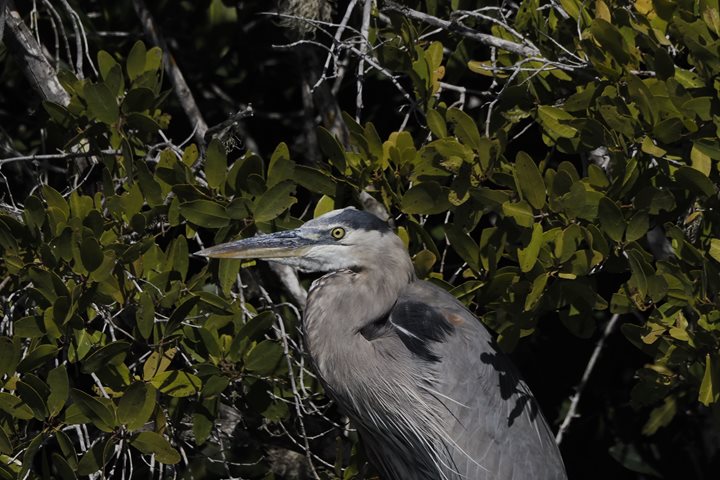From sunrise to sunset and beyond, we were busy with various activities. Beauty, interesting sights, and photographic opportunities surrounded us. Mangroves were a major topic of the day, and we had the chance to explore them by kayak or DIB-tour. Numerous bird species were evident, and it was very pleasant and serene to float on the placid water. Later, we learned more about mangrove ecology in a presentation by Kelly.
Transiting northward through the Hull Canal afforded more bird sightings along the narrow and shallow waterway. After anchoring alongside Isla Magdalena, we took a short jaunt ashore in the sand dunes before returning for our recap and Mexican fiesta dinner. It is Mardi Gras, after all.

